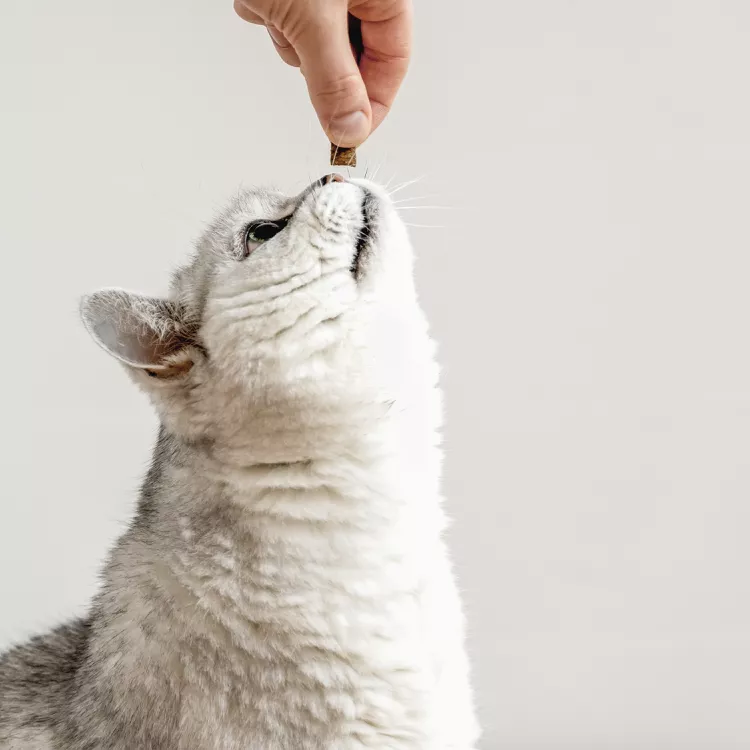
Peanut butter is a delicious and nutritious snack for us, but can cats eat peanut butter? Cats are often picky eaters and may not like the taste or smell of peanut butter. But if your cat is begging for a lick of your peanut butter, is it safe to indulge them? Peanut butter is not inherently toxic to cats, but there are a few good reasons not to feed it to them.
Cats are curious creatures, and many would love to share your lunch or snack. Peanut butter may appeal to your cat, and in most cases, in moderation, feeding them a dab of peanut butter would not be harmful. Peanut butter itself is not toxic to cats. Still, there are a few ingredients used in some kinds of peanut butter that may be problematic. Fats, oils, salt, sugar, and added artificial sweeteners can be harmful or even toxic to cats.
If your cat is begging for a taste of your peanut butter, you must first know more about the spread you have and its ingredients. Always read labels and understand what you are feeding your cat to avoid any issues.
The first major ingredient to be on the lookout for is xylitol. Xylitol is an artificial sweetener that is used in peanut butter as well as cookies, cakes, and chewing gum, among other items. It may be listed in the ingredient list as xylitol or wood sugar, birch sugar, and birch bark extract.
Xylitol is highly toxic to dogs. Even a tiny amount of this sugar alcohol may lead to severe hypoglycemia and liver failure. It appears that cats may be somewhat more resistant to the toxic effects of xylitol, but research has not come to any definitive conclusion, and there have been reports of toxicity in cats. Because of this, you should never feed your cat any amount of a food containing xylitol.
There are other aspects of peanut butter that you should consider before feeding it to your cat. Peanuts contain high amounts of fat, and some peanut butter has added oils. These components may lead to gastrointestinal upset such as vomiting, stomach pain, and diarrhea. If fed frequently, a cat eating peanut butter may gain weight and may not eat enough of their main diet, leading to nutritional deficiencies.
Peanut butter can contain high levels of both salt and sugar. Excess salt, in large quantities, may lead to serious gastrointestinal issues such as vomiting, diarrhea, abdominal pain, and excessive thirst. Longterm overeating of salt can also lead to heart and blood pressure problems. As obligate carnivores, cats’ systems are not adept at handling large amounts of carbohydrates. The excess sugar sometimes found in peanut butter, which is a carbohydrate, could lead to heart issues, excessive weight gain, and diabetes.
Giving your cat a treat can be an excellent method for bonding with them. Like most animals, cats are food motivated, and treats can be a great positive reinforcement tool. When choosing a treat for your cat, look for nutritionally complete options made especially for cats. There are many commercial cat treats available in pet food stores. You may also try homemade cat treats or products such as catnip and cat grass.
Always remember that treats of any kind should be fed in moderation and should make up no more than 10 percent of your cat’s daily caloric intake.
Even if there are no toxic ingredients in the peanut butter you are eating, it is not a healthy choice for your cat. Though a small nibble is unlikely to harm them, feeding your cat human food can lead to unpleasant behaviors such as begging and snatching food. When your cat begs for a bite of your peanut butter, it is likely best not to give in to them. This is a bad habit to encourage as there are human foods that are toxic to cats, and your cat may ingest something harmful in the future if they are used to being fed human food.
It is also essential to ensure that your cat gets adequate nutrition to keep them healthy. Cats have precise dietary requirements different from humans and other animals. If your cat is fed too many snacks, including peanut butter, they may not be hungry when it comes time to eat their cat food. This can lead to nutritional deficiencies and potential health problems.
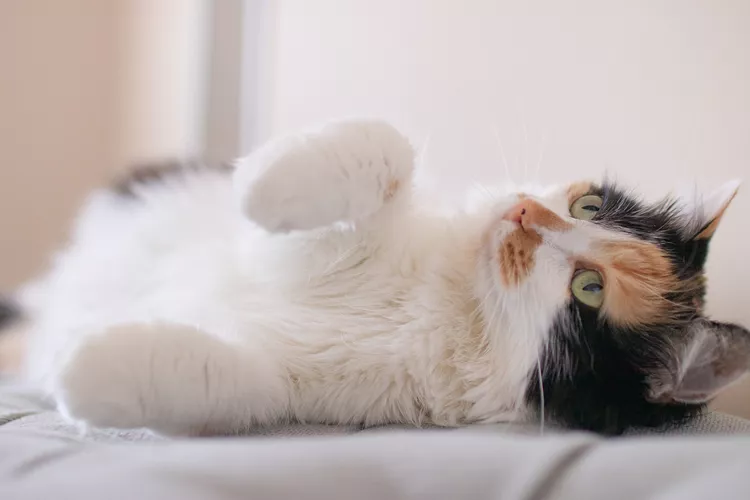
Cute Pictures & Facts About Calico Cats & Kittens
Learn fascinating facts about calico cats, including photos, the genetics behind this color combination, and common folklore and traditions.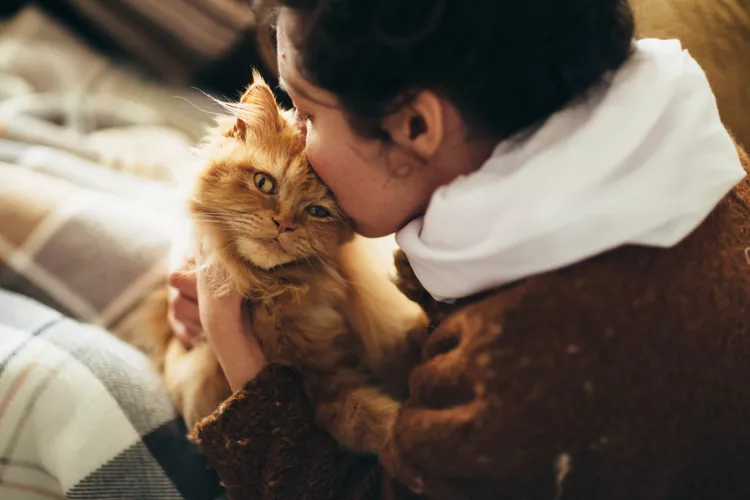
How to Prevent Cat Separation Anxiety During Vacations
Discover why cats develop litter box problems and cat behavior problems when you go on vacation and what you can do about it to help them.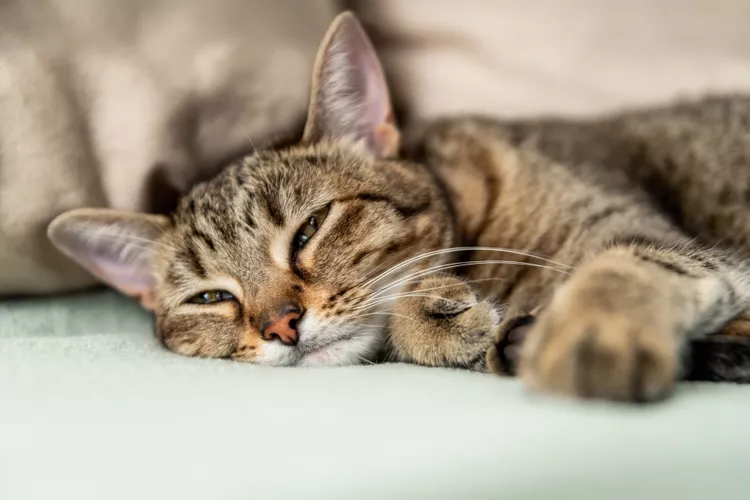
Cat Behavior Changes That Might Mean Something's Wrong
Cats' behavioral changes may indicate problems—or they may mean nothing at all. Explore causes of odd behavior and what to do about them.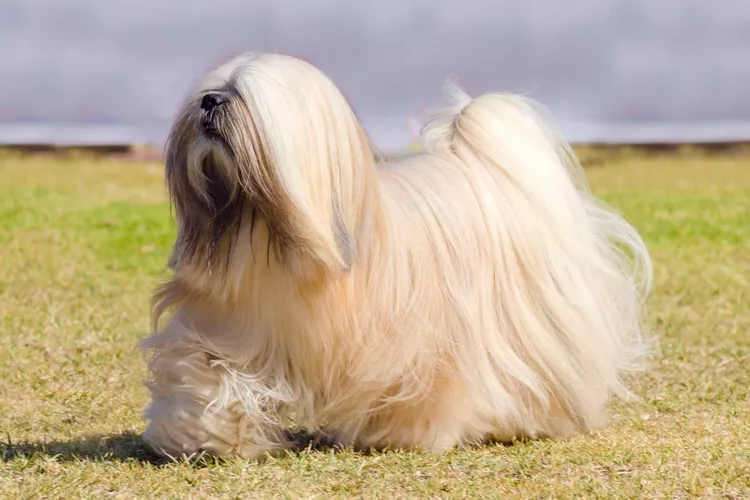
Lhasa Apso: Dog Breed Characteristics & Care
The Lhasa apso is an ancient breed from Tibet that was bred to be a watchdog. Learn about its history, health, exercise needs, and more.
Reasons Why Dogs Run Away and How to Stop It
Dogs can escape, especially if they’re bored and not properly contained. Here are some techniques for stopping your dog from running away.
Can Dogs Get Depression? How to Help Your Sad Dog
Can dogs get depression? Learn about the signs of depression in dogs and find out how to help your sad dog.
How to Stop Aggression in Dogs
Dog aggression can be a serious behavior issue for pet owners. Learn how to stop aggression in dogs before someone gets hurt.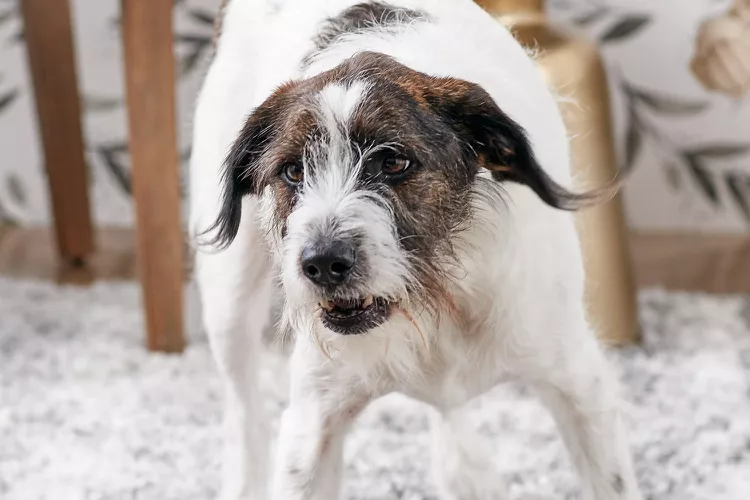
How to Stop Your Dog From Growling
A growling dog can soon become even more aggressive. Reduce the noise and potential for a dangerous situation with some of these techniques.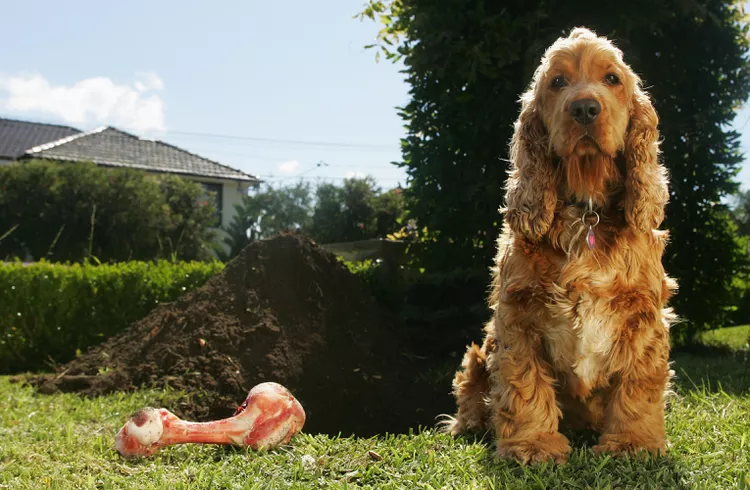
Why Do Dogs Dig Holes? How to Stop Your Dog from Relandscaping Your Yard
Dogs have been digging holes for centuries and for many reasons. Whether they’re bored or want to cool off in the dirt, here are the top reasons why dogs dig holes.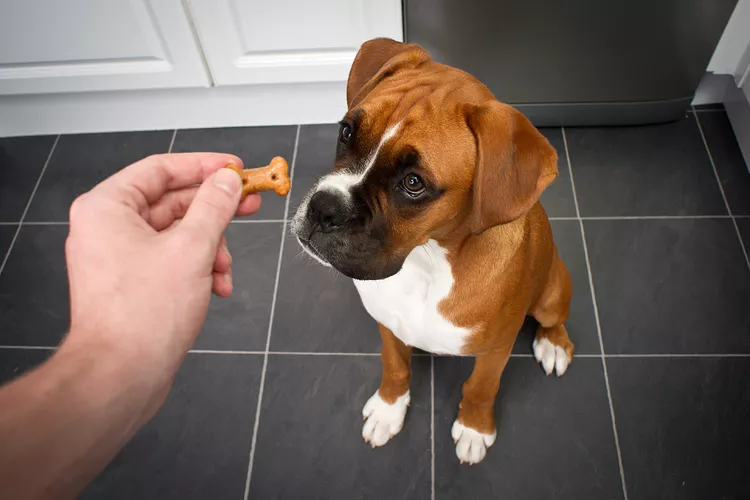
Dog Treat Varieties
Learn about the different types of dog treats on the market and decide which are best for your dog.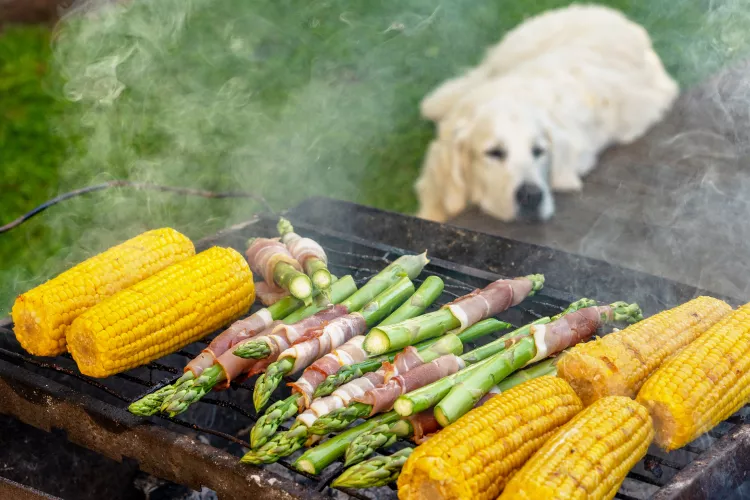
Can Dogs Eat Asparagus?
Dogs can eat asparagus, provided the vegetable is cooked plain and cut up for them. Seasonings, salt, and butter make it unhealthy for dogs.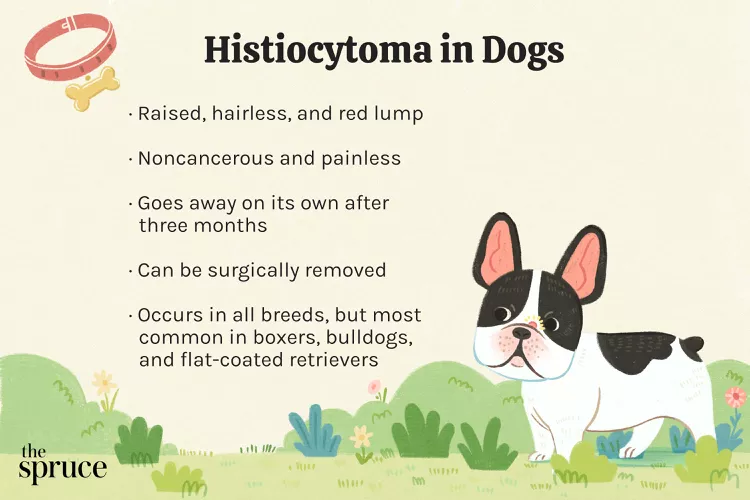
Histiocytomas in Dogs
A histiocytoma is a type of benign (non-cancerous) skin lump that usually affects young dogs. Learn the causes, treatment, and prevention.
Why Is My Dog’s Eye Swollen?
If your dog's eye is swollen, she may need veterinary attention. The inflammation could be caused by allergies, an injury, or even a tumor.
Common Bugs and Parasites Found on and Inside Dogs
Learn about common types of parasites in dogs. Find out how to treat and prevent parasites to keep your dog, your family, and yourself safe.
Exploring the Different Types of Pet-Friendly Beaches
Are you looking for pet-friendly beaches? Learn about the different types of pet-friendly beaches, their locations, and tips for visiting them with your pet.
10 Obscure, Little-known Canine Facts in Honor of National Dog Day
With National Dog Day upon us, it's time to celebrate everything about our favorite pets—even the weirder stuff. Here are 10 obscure facts about dogs you probably didn't know.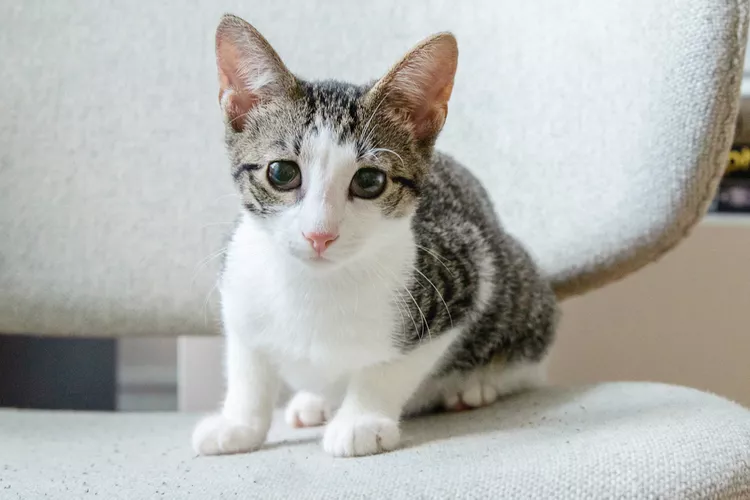
Kitten Development From 3 to 6 Months Old
Kittens grow and change a lot during their first year. Find out what happens between the ages of three months and six months old.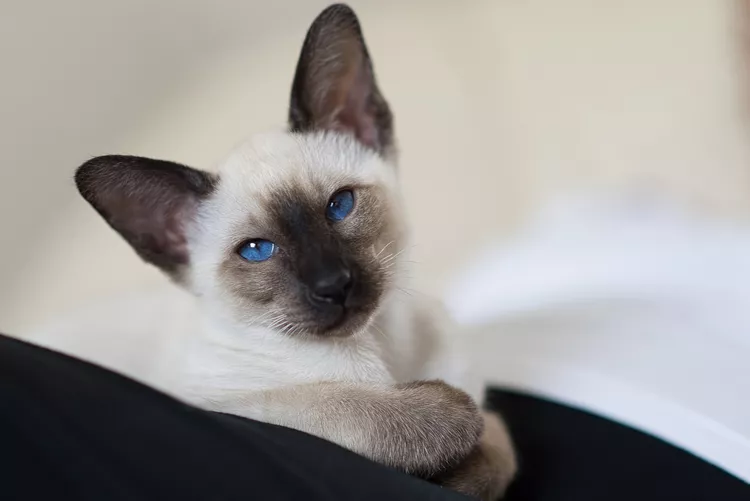
95 Siamese Cat Names
Our list of Siamese cat names has diverse and fun options to help you choose the ideal moniker for your elegant and lovable feline companion.
What to Buy for Your New Cat: A List of Essentials
Before you bring your new cat or kitten home, there are a number of things to collect or buy so your cat will feel welcomed like a family member.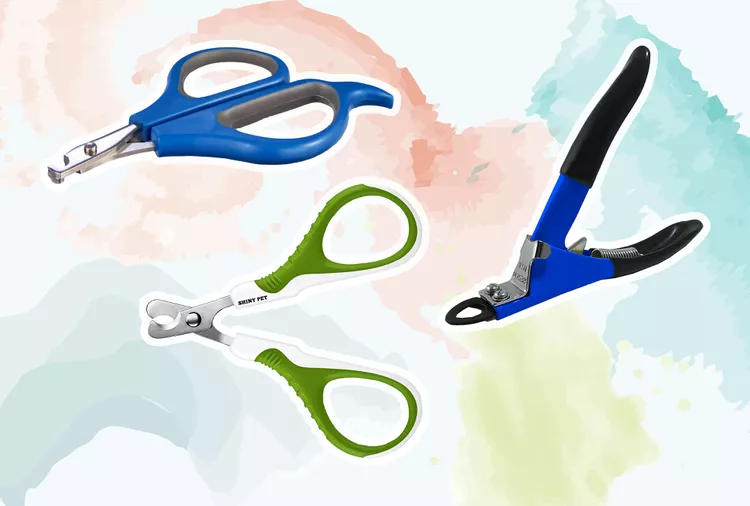
The 6 Best Cat Nail Clippers of 2024 for a Safe Trim
Clipping your cat's nails can save your furniture and keep your kitty comfortable. We asked veterinarians for their cat nail clipper recommendations.